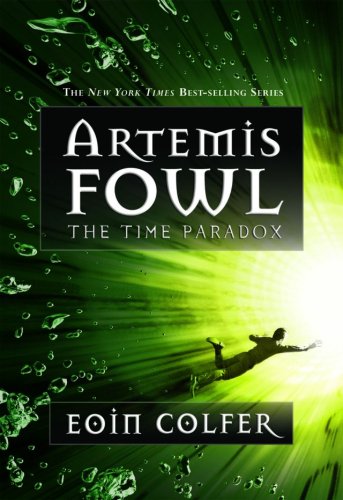 The Dragon Heir by Cinda Williams Chima fits into the juvenile fantasy fiction genre and was published in 2008. It is recommended for readers ages 14 and up.
The Dragon Heir by Cinda Williams Chima fits into the juvenile fantasy fiction genre and was published in 2008. It is recommended for readers ages 14 and up.
The Dragon Heir was one of the books that I have been anticipating this year and I was not disappointed. Chima not only lived up to the other two in the series but she also surpassed them in terms of conflict and suspense. Dragon Heir takes place a year after Wizard Heir and two years after Warrior Heir. It covers all the main characters of the first two groups but focuses a little more on Madison Moss and Seph McCauley than the other two books did. We learn of Madison's past, her family life, and the way the events at Second Sister changed her life. Also covered is Seph's struggle to please everyone while not running ragged. In the beginning of the book Jason Haley breaks into Raven's Ghyll and discovers, among other things, the dragonheart which he brings back to the sanctuary. The other wizards notice that something has changed after Jason took the dragonheart and this leads to a siege and a war at the sanctuary where everyone must come together in spite of differences to defend their homes and loved ones. In the end the Dragon Heir is found in time to save the sanctuary and the lives of many but not all of the main characters.
Other reviews available:
The Warrior Heir by Cinda Williams Chima





